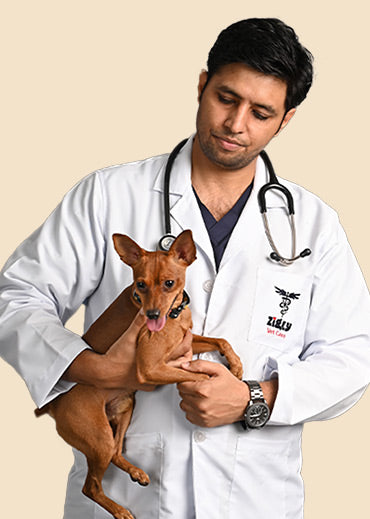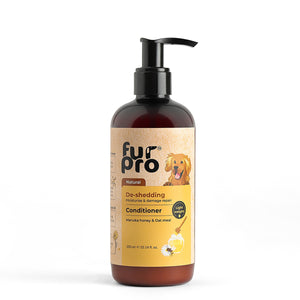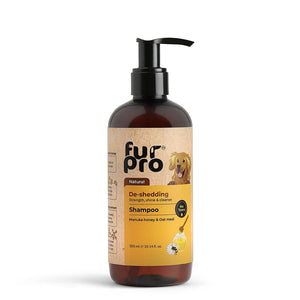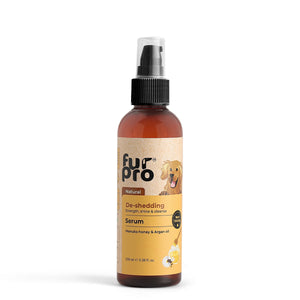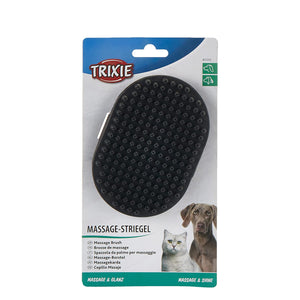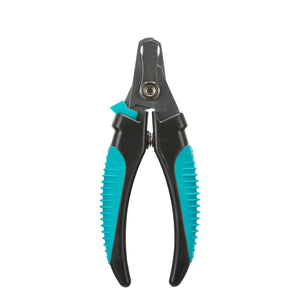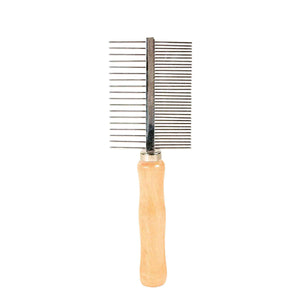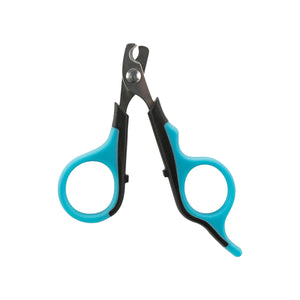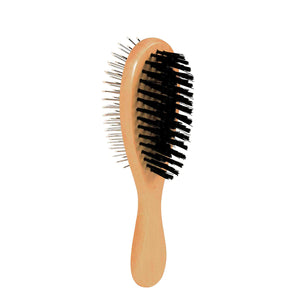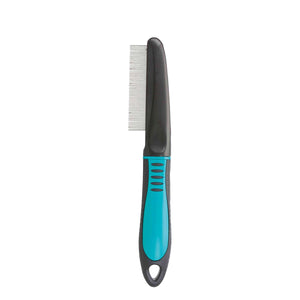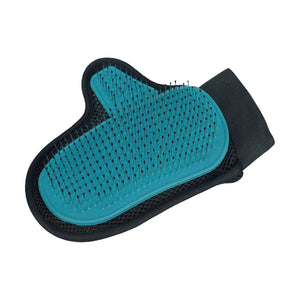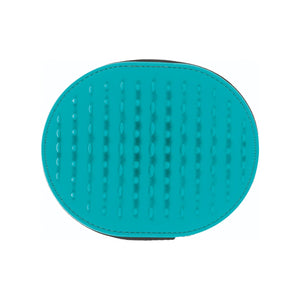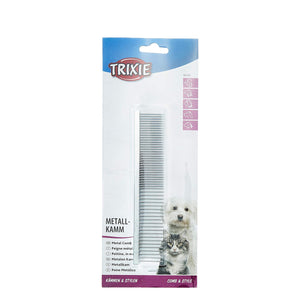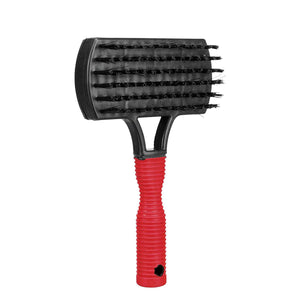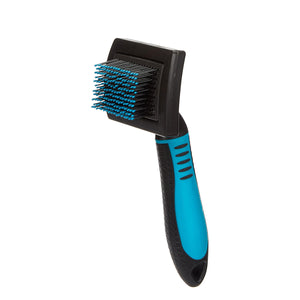Having a pet is the best feeling in the world - seeing tufts of hair lying around the house - not so much. Most pet owners feel frustrated when they cannot tackle the problem of shedding. Here in this blog, we discuss the causes of shedding in cats and dogs and how it can be managed.
Why do dogs and cats shed?
Shedding is a natural process in dogs and cats. While several pets shed throughout the year, some shed during certain seasons. It is also critical to understand that shedding is affected by changes in diet and underlying health issues.
Understanding Hair Growth Cycles
Cats and dogs tend to shed damaged hair throughout the year. However, it can be reduced with regular brushing and bathing. Most cats and dogs follow a yearly four stage growth cycle. It includes the phases mentioned below:
- Anagen phase: In this phase new hair growth begins
- Catagen phase: The hair stops growing when it reaches its full length
- Telogen phase: During this phase, hair neither grows nor sheds
- Exogen phase: This is the active shedding phase
Steps to control shedding in dogs and cats
Following certain steps can help you reduce shedding. They are mentioned below:
Brushing: We cannot emphasize the importance of brushing your pet’s hair! One of the most crucial steps that can help reduce shedding in pets is brushing their hair. When you brush your pet’s coat, it limits shedding by removing the loose fur and hair stuck in your pet’s coat. You can use a the Andis Firm Slicker Brush as it is good for pets with curly or medium-length hair. It is well suited for both dogs and cats. If you have a St. Bernard or a Cocker Spaniel or a Persian Cat, then a slicker brush is ideal for you!
Pro Tip: Different breeds have different hair types. You may have a breed that sheds all year round. Brushing regularly is a good way to manage it. Similarly, different breeds require different kinds of brushes. You can check them out here.
Bathing: Giving your pet a bath at regular intervals will also help in controlling shedding. A clean coat and skin tends to shed less. When you bath your pet, it plays a crucial role in removing loose hair from the coat and skin. Bathing removes the excess undercoat from your pet’s skin. It is a significant step to combat shedding.
Pro Tip: Always use a good de shedding shampoo and conditioner which also moisturises the skin, such as the Furpro De Shedding Shampoo. It is gentle on the skin and nourishes it.
Feed your pet a healthy diet:
A pet dog or cat who gets a healthy diet will have a healthy coat. This is because a balanced and wholesome diet has the right amount of vitamins and minerals that the hair follicles need to remain strong. It leads to lesser breakage.
Pro Tip: You can give your pet an Omega 3 fatty acid supplement as it has great benefits. It improves hair quality as well as contributes to good bone health. You can check out supplemets for cats and dogs here.
Increase water intake: It sure is tricky to keep an eye on your how much water your pet is consuming. But if you suddenly see them shedding excessively then you must increase their water intake.
Pro Tip: Dehydrated skin is one of the main causes of hair fall. You can invest in Drinkwell Mini Pet Fountain which helps keep your pet hydrated.
Visit your veterinarian: Certain health conditions in cats and dogs can lead to excessive shedding. Problems such as fungus, parasites and sunburn are causes of shedding. If you feel that your pet is suddenly shedding a lot then you must visit the veterinarian.
FAQ:
1. Why is my dog or cat shedding so much?
Excessive shedding can result from seasonal changes, poor diet, dehydration, or underlying health conditions. Regular grooming and vet consultations help manage it effectively.
2. What’s the best brush for shedding in pets?
The Andis Firm Slicker Brush is excellent for curly or medium-length hair in dogs and cats. Slicker brushes work well for breeds like St. Bernards, Cocker Spaniels, and Persian cats.
3. How often should I bathe my pet to control shedding?
Bathing your dog or cat every few weeks using a de-shedding shampoo like Furpro can significantly reduce loose fur and promote healthy skin.
4. Does diet affect how much my pet sheds?
Yes, a nutrient-rich diet strengthens hair follicles and reduces shedding. Supplements like Omega-3 fatty acids also promote a shiny coat and lessen hair fall.
5. When should I see a vet about my pet’s shedding?
If your pet experiences sudden or excessive hair loss, bald patches, or skin irritation, consult a veterinarian to rule out infections, allergies, or other health issues.
Pro Tip: You can book an online vet consultation with our experts at Zigly and voice your concern.
Cat and Dog Seasonal Shedding
Certain pets, especially pets with thick coats are usually seasonal shedders. Such pets shed their undercoats during the fall season. In such a situation, you will notice that your pet will shed throughout the year and shed a little more during shedding season.
When winter or fall season comes, pets begin to shed their hair, to loose old hair so that new hair growth can begin. Cats such as Russian Blues, Ragdolls are seasonal shedding. Dogs such as German Shephards and Collies also shed season wise.
Nothing can beat the joy that having a pet adds to your life. However, the less exciting part of being a pet parent is having to deal with tufts of hair that comes with shedding. Shedding is a natural process in dogs and cats, influenced by various factors, from seasons to diet. If you understand the shedding cycle in your pet then you can manage it better. Keeping your pet’s coat in good shape will help reduce shedding which will be a win-win for both you and your fur baby!



